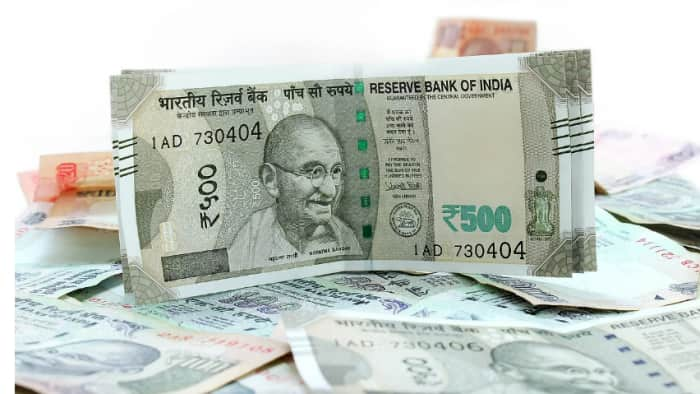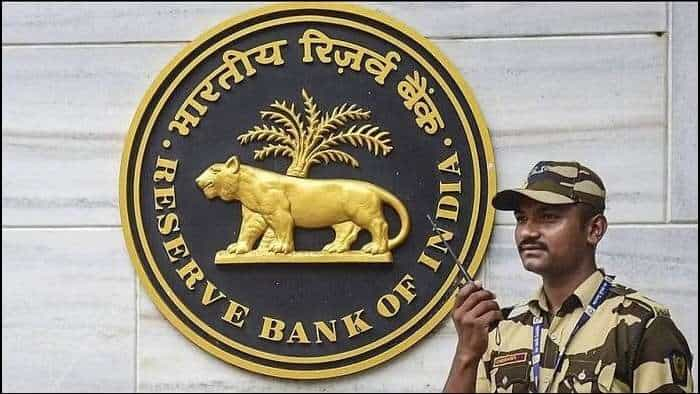Storage capacity in main reservoirs drop to 36%, south states show significant shortfall: Data
The Central Water Commission, in its weekly bulletin, said the total live storage capacity of 150 reservoirs is 178.784 BCM (billion cubic metres) which is about 69.35 per cent of the live storage capacity of 257.812 BCM, which is estimated to have been created in the country.
)
The live storage capacity in India's 150 primary reservoirs has dropped to 36 per cent of their total capacity while the southern states like Karnataka face a significant shortfall in water storage compared to the previous year and the ten-year average, according to official data.
Cities like Bengaluru have been grappling with water shortage, which can be attributed to rain deficiency in Karnataka during last year's monsoon, a decline in reservoir level, and the loss of lakes due to rapid urbanisation.
The Central Water Commission, in its weekly bulletin, said the total live storage capacity of 150 reservoirs is 178.784 BCM (billion cubic metres) which is about 69.35 per cent of the live storage capacity of 257.812 BCM, which is estimated to have been created in the country.
As per reservoir storage bulletin released on Thursday, live storage available in these reservoirs is 64.606 BCM, which is 36 per cent of total live storage capacity of these reservoirs.
"However, last year the live storage available in these reservoirs for the corresponding period was 76.991 BCM and the average of last 10 years live storage was 66.644 BCM," it said.
Thus, the live storage available in 150 reservoirs as per the bulletin is 84 per cent of the live storage of the corresponding period of last year and 97 per cent of storage of the average of the last ten years.
Ahead of the summer season, a week-on-week decline has been noted in the reservoir capacity.
According to last week's bulletin, the live storage capacity was 38 per cent or 67.591 BCM.
In the week of March 7-14, the live storage capacity was recorded at 40 per cent or 70.746 BCM and the week prior to that it was 41 per cent or 73.297 BCM.
In the northern region, comprising states like Himachal Pradesh, Punjab, and Rajasthan, the total live storage available in the monitored reservoirs stands at 32 per cent of their total capacity.
This figure, at 6.290 BCM, is notably lower than the storage levels observed during the corresponding period last year and falls short of the ten-year average.
The southern region, including states like Tamil Nadu and Karnataka, faces a significant shortfall in water storage compared to both the previous year and the ten-year average.
With storage levels at a mere 22 per cent of total capacity in southern states, the situation underscores the pressing need for water conservation measures and sustainable management practices.
Contrastingly, the Eastern region, encompassing states like Assam, Jharkhand, and Odisha, exhibits a more positive scenario.
The total live storage available in the reservoirs is recorded at 47.49 per cent of their capacity, marking an improvement from the previous year and surpassing the ten-year average.
The states like Gujarat and Maharashtra, falling under the Western region, are grappling with a decline in water storage compared to the previous year.
Despite this, the current storage levels, at 42 per cent of total capacity, exceed the ten-year average, offering a glimmer of hope amidst the challenges posed by fluctuating water availability.
Similarly, the Central region, comprising states such as Uttar Pradesh and Madhya Pradesh, witnessed a decrease in water storage compared to the previous year.
However, the current storage levels, at 44 per cent of total capacity, surpass the ten-year average, indicating a relatively stable situation despite the year-on-year decline.
Several states, including Assam, Jharkhand, and Odisha, among others, have showcased improved water storage levels compared to the previous year.
However, states like Himachal Pradesh, Punjab, and Maharashtra, along with others, continue to grapple with diminished water storage.
Get Latest Business News, Stock Market Updates and Videos; Check your tax outgo through Income Tax Calculator and save money through our Personal Finance coverage. Check Business Breaking News Live on Zee Business Twitter and Facebook. Subscribe on YouTube.
06:11 PM IST











 Water shortage detrimental to India's credit health; may spark social unrest: Moody's
Water shortage detrimental to India's credit health; may spark social unrest: Moody's  People wait in long queues as Delhi continues to grapple with water shortage
People wait in long queues as Delhi continues to grapple with water shortage Water shortage continues in Delhi, residents scramble for water with empty buckets
Water shortage continues in Delhi, residents scramble for water with empty buckets  Domestic reservoirs storage level drop to 24%, southern states hit hardest: Official data
Domestic reservoirs storage level drop to 24%, southern states hit hardest: Official data Water budget necessary in Kerala to address water scarcity in summers: CM Vijayan
Water budget necessary in Kerala to address water scarcity in summers: CM Vijayan